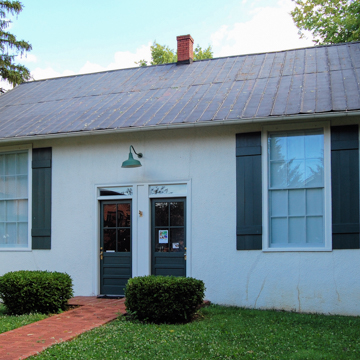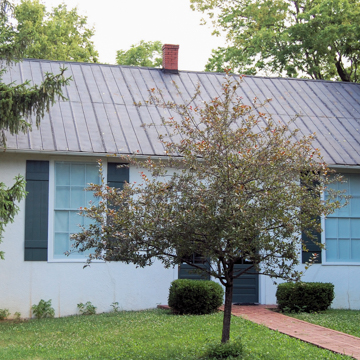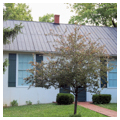This former school is located on the southeastern edge of town in Josephine City, an African American section settled by freedmen after the Civil War. The one-story gable-roofed frame school with later stuccoing is a rare example of a surviving Reconstruction-era Black school. Adjacent centered doors each lead into one of the school's two rooms. A window flanks each of the doors, and windows on the building's sides also illuminate the interior.
Josephine City was created in the early 1870s when thirty-one acres belonging to the estate of Edward McCormick of Clermont were offered for public sale and purchased by a group of the county's Black citizens. The land was laid out in thirty-one one-acre lots on either side of a sixteen-foot-wide street and sold for one hundred dollars per acre. Built on lot number 5, this school served elementary grades until 1930, when it was moved a short distance from its original location and became the home economics and agricultural building for the new Clarke County Training School. Used for classes until 1971, the building remained vacant until 2002 when it opened as the Josephine School Community Museum dedicated to the history of African Americans in Clarke County.











